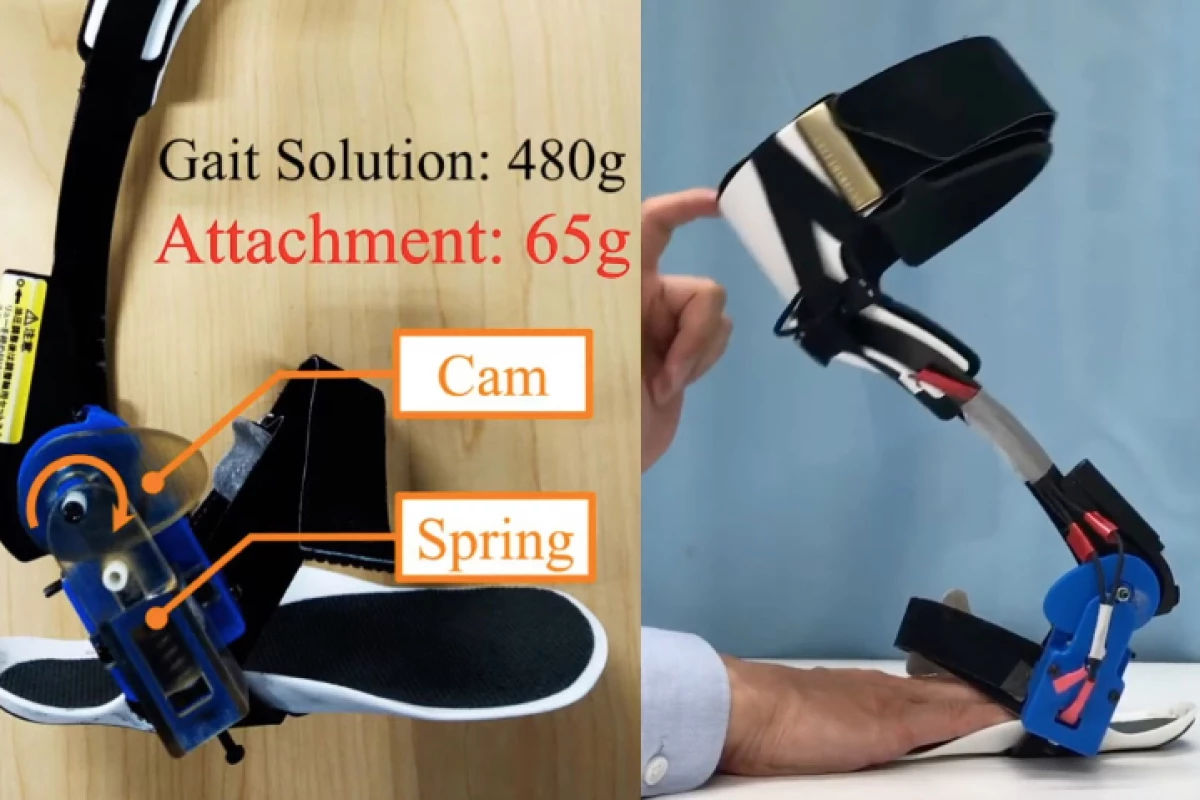When someone has suffered a stroke, they may have difficulty regaining a proper walking gait. An experimental new device could help, though, by springing up their heel with each step.
Stroke victims with gait disorders typically find it hard to bend the knee of one leg sufficiently. As a result, the foot isn't able to get high enough up off the ground as that leg is swung forward on every stride. This means that it may catch against the ground, causing them to stumble.
In order to compensate, some people lift the affected leg by swinging up the hip on that side as they walk. Not only does this result in an awkward and potentially injury-causing gait, but it also decreases their motivation to learn to properly bend their knee again.
Seeking a solution, scientists at Japan's Tohoku University have developed a lightweight gadget that can easily be added to a patient's existing supportive ankle foot orthosis.
As the wearer steps forward with their "good" leg, the accompanying ankle movement in their paralyzed leg causes an elliptical-shaped cam in the device to roll against an integrated coil spring, compressing it. Once they begin taking the weight off that leg for its forward stride, that spring is released, pushing their heel up and thus bending their knee.
In tests conducted on stroke patients who were paralyzed on one side of the body, the device is claimed to have significantly increased their knee flexion. It is hoped that after training with the tool for some time, users will redevelop the muscle memory for a proper gait, so they'll ultimately be able walk normally again without any help.
"Our device will pave the way for positive impacts on the rehabilitation of stroke patients," says Tohoku's Assoc. Prof. Dai Owaki, who is one member of the research team. "It will prevent falls and make patients feel more confident in their walking abilities."
A paper on the device was recently published in the journal Gait & Posture. And as a side note, an existing wearable known as the Kickstart takes a somewhat similar approach, although it's worn on the entire leg, all the way from the hip to the ankle.
Source: Tohoku University




